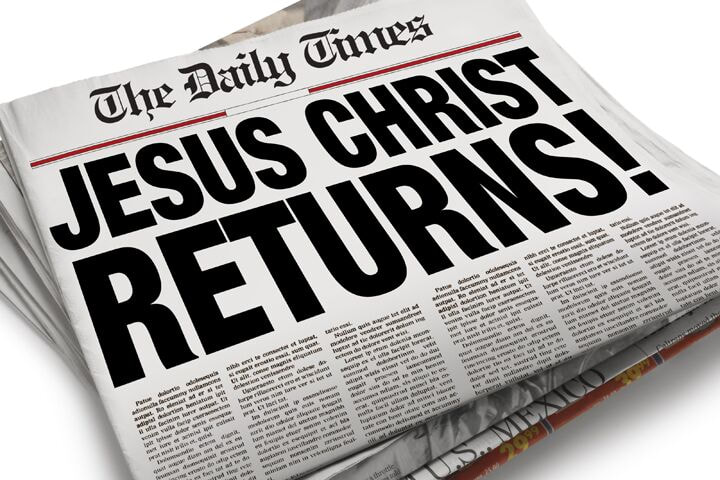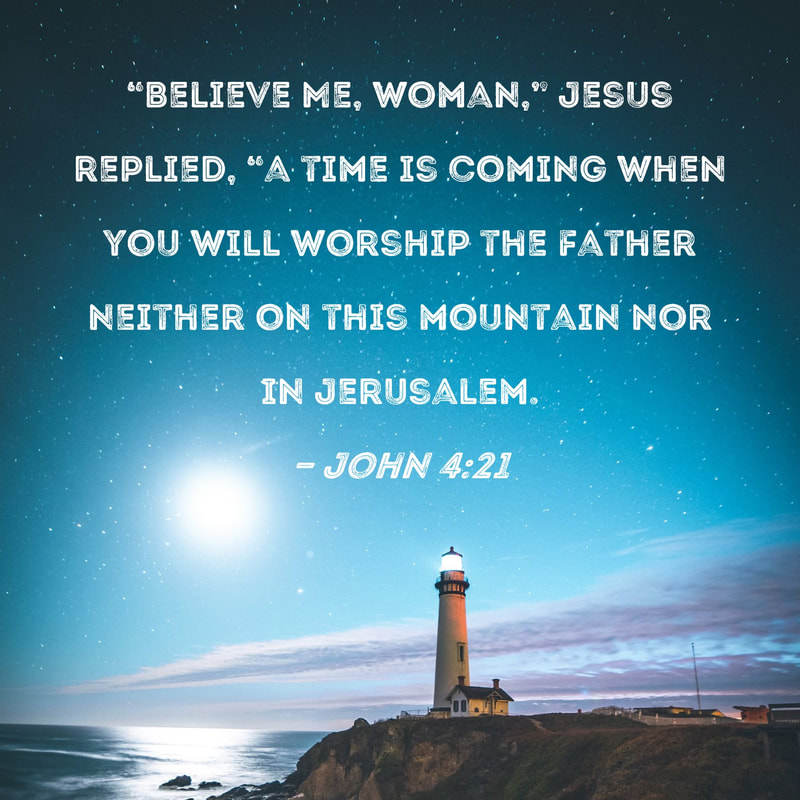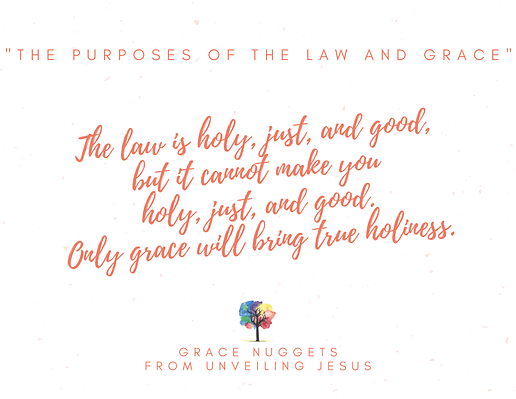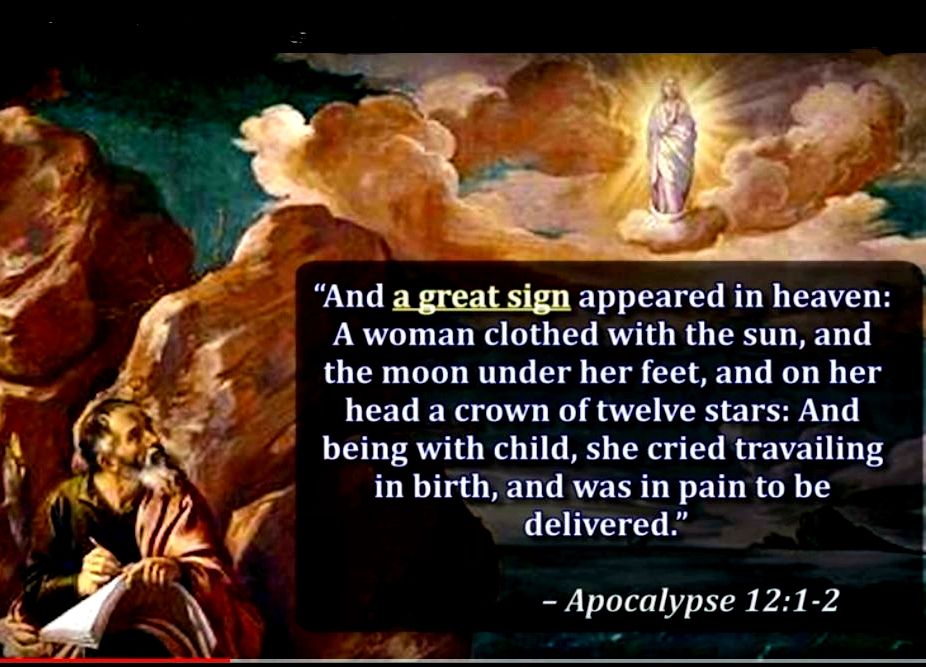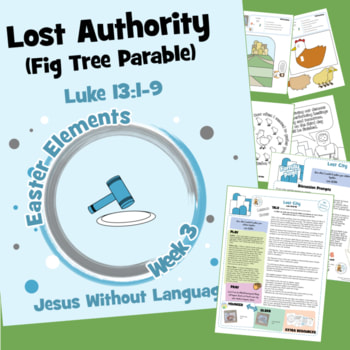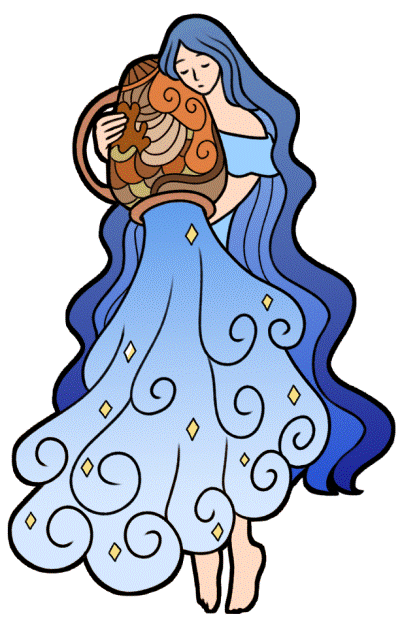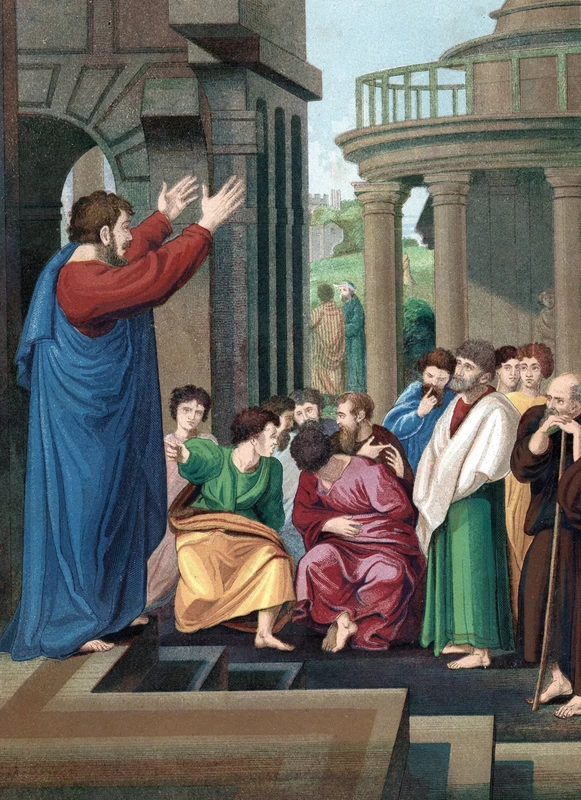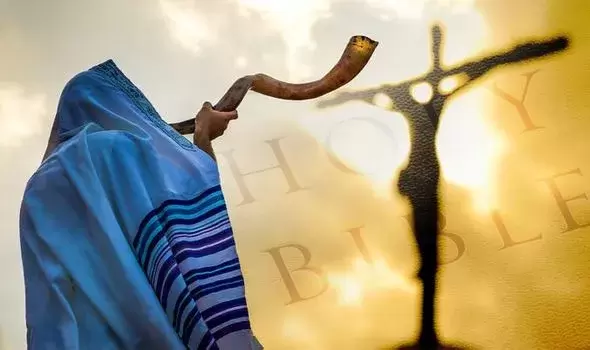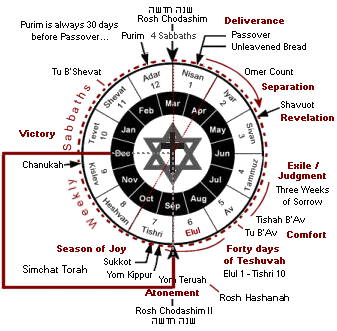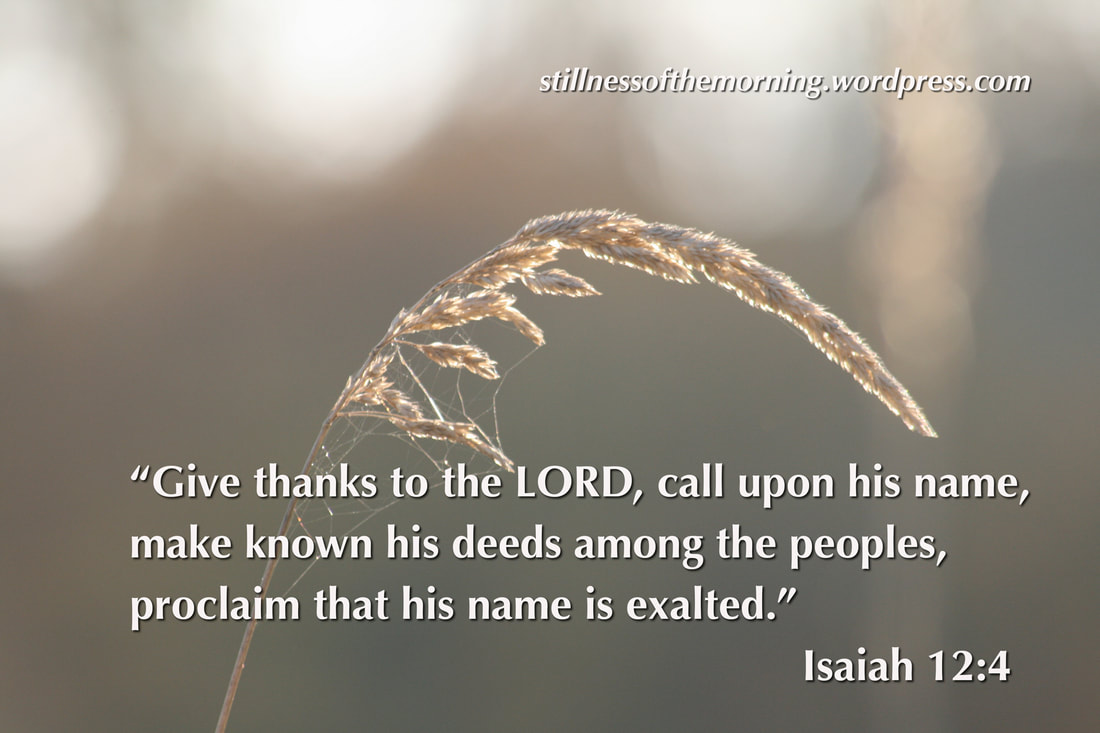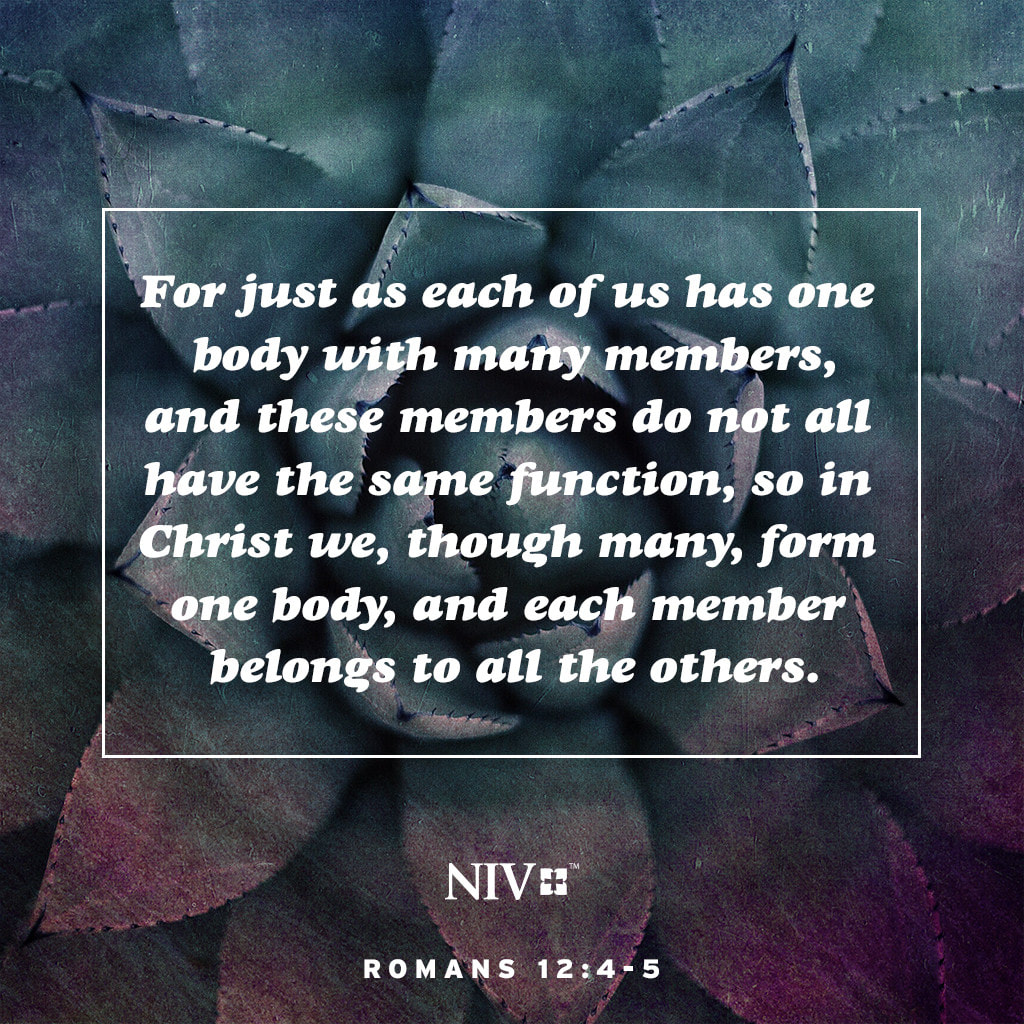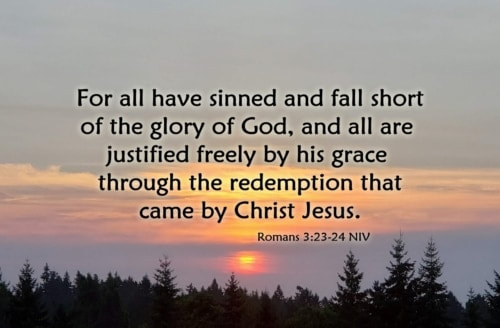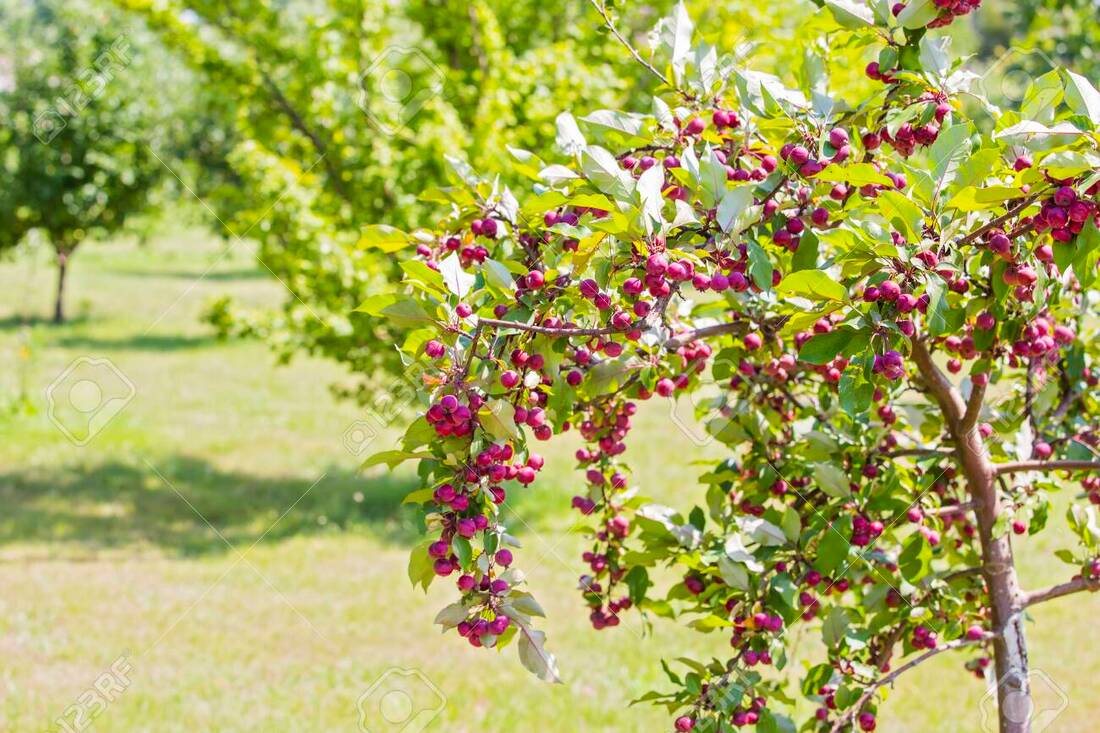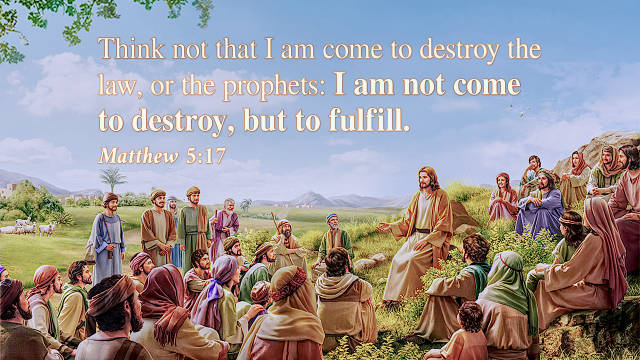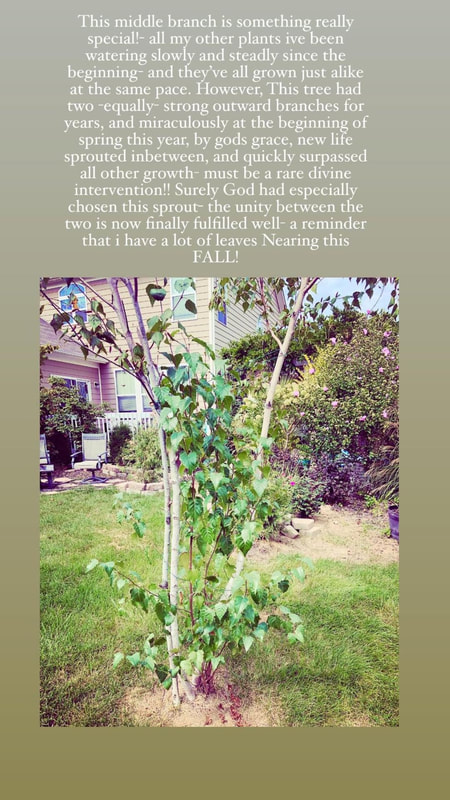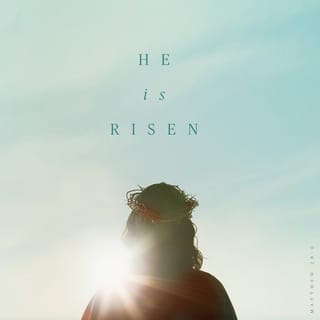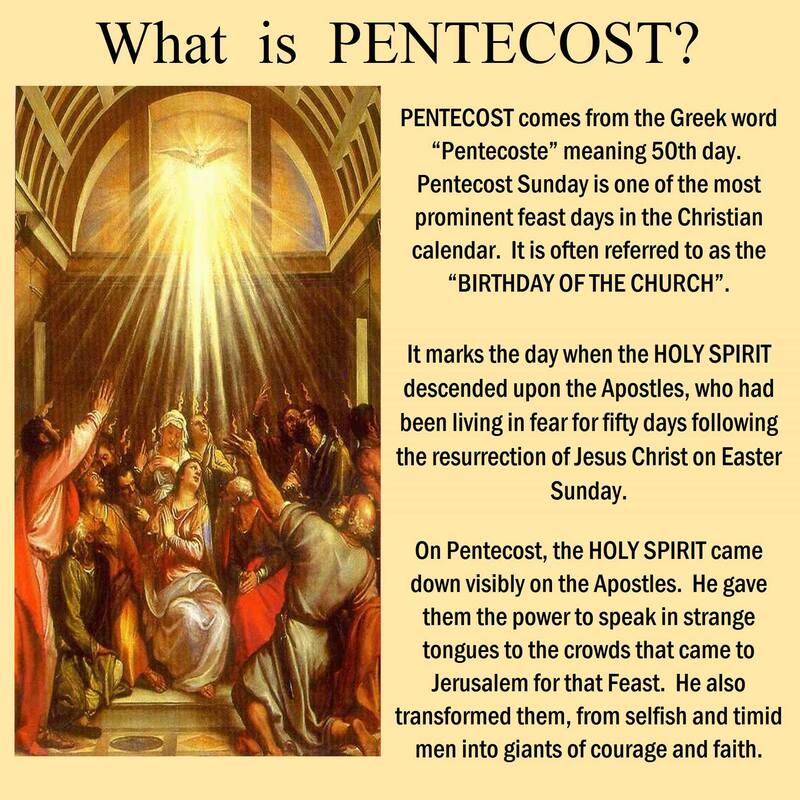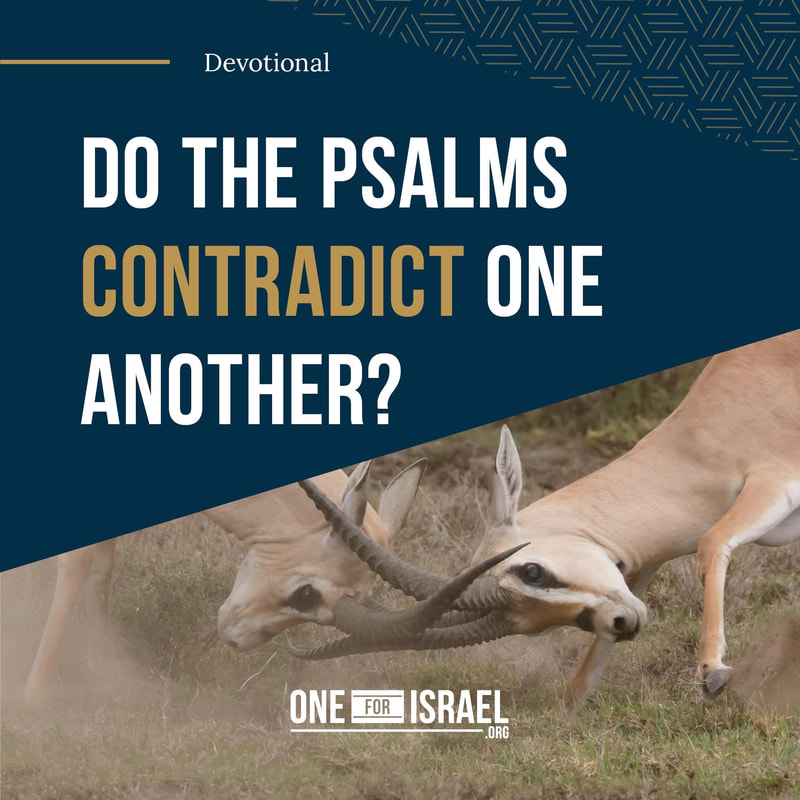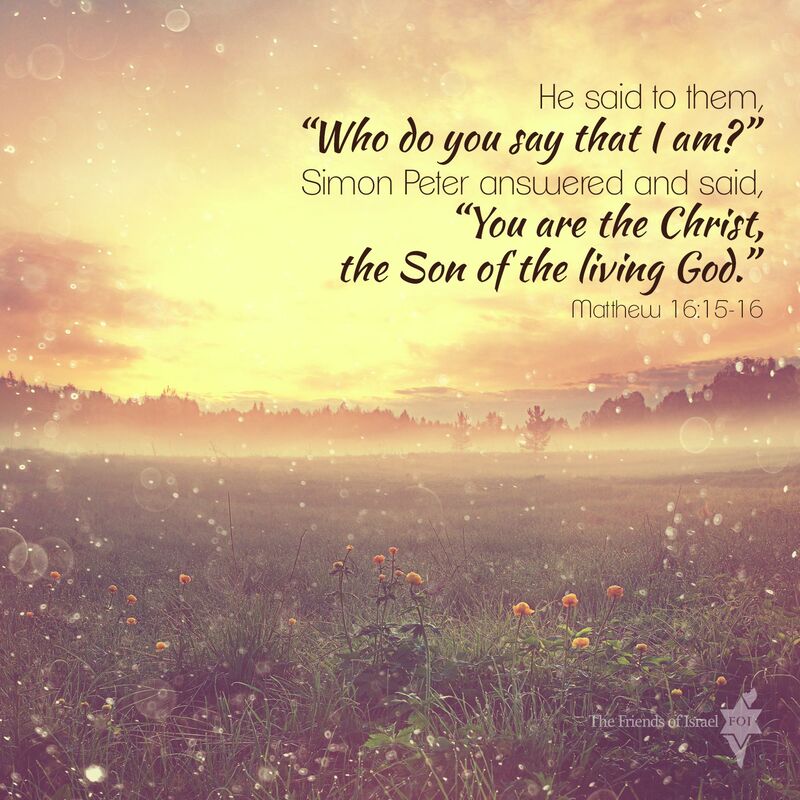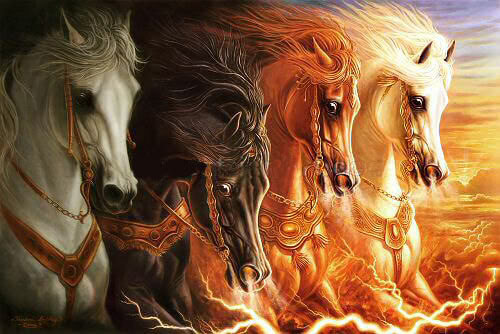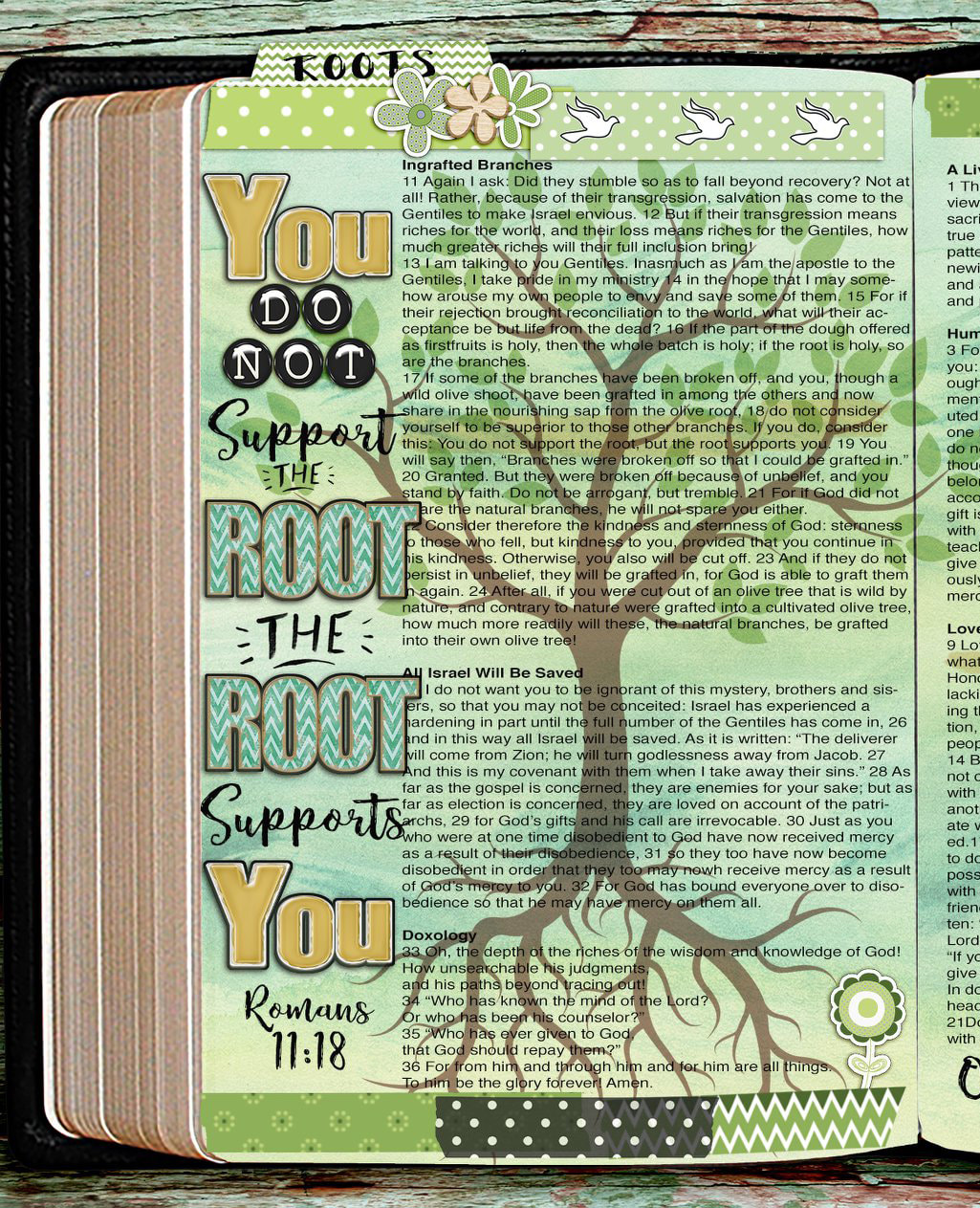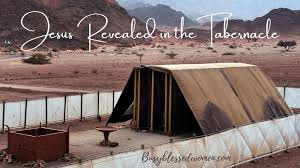garden
1. Passover 2. Pentecost 3. Tabernacles
Passover reveals the Son of God Pentecost reveals the Holy Spirit
The Feast of Trumpets, Yom Kippur And Tabernacles reveals The Father.
Each year on the first Sunday after
Pentecost
we celebrate the Solemnity of the
Most Holy Trinity,
also known as Trinity Sunday.
Although it wasn’t until 1334 that Pope John XXII officially established the feast for universal observance in the Western Church,
The
mystery of the Holy Trinity
has been the pulse of the Church’s life since
the very beginning.
The Trinity
is “the central mystery of Christian faith and life…[and is]
the source
of all the other mysteries of faith”
The whole of the Church’s life flows from the central belief that
the one true God exists as
three divine Persons—Father, Son, and Holy Spirit.
Since the very beginning of time,
God has gradually revealed and communicated the
truth
of who he is as Trinitarian through what he has
done in salvation history
Although God gradually revealed himself
throughout different stages of the Old Testament period of salvation history,
mankind had no way of knowing
the full truth of God’s inner life
of the Trinity before the time of Christ,
since this mystery of our faith is
“inaccessible to human reason alone…before
the Incarnation
of God’s Son and the sending of the Holy Spirit”
Trinity Sunday
is an invitation to remember that “[being]
Christian is not the result of an ethical choice or a lofty idea,
but the encounter with an event, a person,
which gives life
anew horizon and a decisive direction”
(Deus Caritas Est 1).
In revealing himself as Trinitarian,
God hasn’t merely shared impersonal facts about himself;
rather, God has shared himself with us,
and has invited us into his
own inner life
and communion of love, which alone
is the origin, goal, and meaning of our life.
As we read in the Catechism,
"By sending his only Son and the Spirit of Love
in the fullness of time,
God has revealed his innermost secret:
God himself is an eternal exchange of love,
Father, Son and Holy Spirit,
and he has destined us to share in that exchange”
(CCC 221).
On Trinity Sunday,
the Church proclaims the truth about God—that God is love
(1 John 4:8)--
and the truth about us: we are made for this love.
We eternally belong to God—we have an eternal home!
St. Elizabeth of the Trinity leads us more deeply into this reality by saying that
“The Trinity— this is our dwelling,
our ‘home,’ the Father’s house
that we must never leave.”
When speaking with his disciples before his Passion,
Jesus directed the
gaze of their hearts towards this truth:
"In my Father’s house there are many rooms…and
when I go and prepare a place for you,
I will come again and will take you to myself,
that where I am you may be also”
(John 14:2-3).
Jesus continued to reveal more of the Father’s loving plan:
“I will not leave you orphans; I will come to you…If a man loves me,
he will keep my word,
and my Father will love him, and we
will come to him
and make our home with him”
(John 14:18, 23).
Jesus reveals to his disciples the Father’s breathtaking desire.
He desires not only that we be at home in him when we get to heaven in the future, but he desires us to be at home in him now—and so, he comes to us, he makes his home among us (c.f., John 1:14) in order to make his home in us.
Thus, with the
Feast of Pentecost
and the
sending of the Holy Spirit,
God fulfills his promise
to never leave us orphans.
This is why the Church celebrates
Trinity Sunday the week after Pentecost:
On Pentecost,
“the
Holy Trinity is fully revealed”
“I will not leave you orphans!”
If Jesus has promised to never leave us orphans, then that means we have a permanent home—we eternally belong to the Father as children of his heavenly household!
This is the mystery
into which the Church invites us more deeply
on the Solemnity of
the
Most Holy Trinity.
Yet this truth
is also the very gift that that we are invited to
share with all whom God
entrusts to us in our daily lives:
“Love one another as I have loved you” (John 15:12).
Every human heart longs for its
eternal home.
Today, we invite the Trinity to be more at home in our hearts
in order to make them
a
more welcoming home for others—that through
our smile, our gentleness, our availability of heart,
everyone whom the Father
entrusts to us
may experience the Love that is their
eternal home
Described in Leviticus 23,
The Feast of Weeks is the second of the
three “solemn feasts”
that all Jewish males were
required to travel to Jerusalem to attend
(Exodus 23:14–17; 34:22–23; Deuteronomy 16:16).
This important feast gets its name from the fact that
it starts seven full weeks, or exactly 50 days,
after the
Feast of Firstfruits.
Since it takes place exactly 50 days after the previous feast,
this feast is also known
as “Pentecost”
(Acts 2:1),
which means “fifty.”
Each of three
“solemn feasts”--
Passover, the Feast of Weeks,
and the
Feast of Tabernacles--
(What does the Feast of Tabernacles celebrate? The sukkah is erected in honor of Sukkot, or Feast of Tabernacles, a Jewish holiday held in the fall to celebrate the gathering of the harvest as well as the Jewish exodus from Egypt. During Sukkot, observant families spend as much time as possible in the sukkah)
required that all able-bodied Jewish males
travel to Jerusalem to attend the feast and offer sacrifices.
All three of these feasts required that
“firstfruit”
offerings be made at the temple as a way of expressing
thanksgiving for God’s provision.
The Feast of Firstfruits
celebrated at the time of the Passover included
the first fruits of the barley harvest.
The Feast of Weeks
was in celebration of the first fruits of the wheat harvest,
and the Feast of Tabernacles
involved offerings of the first fruits of the olive and grape harvests.
Since the Feast of Weeks was one of
the “harvest feasts,”
the Jews were commanded
to “present an offering of new grain to the Lord”
(Leviticus 23:16).
This offering was to be
"two wave loaves of two-tenths of an ephah”
which were made “of fine flour . . . baked with leaven.”
The offerings were to be made of the
first fruits of that harvest
(Leviticus 23:17).
Along with the “wave offerings” they were also to offer seven first-year lambs that were without blemish along with one young bull and two rams. Additional offerings are also prescribed in Leviticus and the other passages that outline how this feast was to be observed. Another important requirement of this feast is that, when the Jews harvested their fields, they were required to leave the corners of the field untouched and not gather “any gleanings” from the harvest as a way of providing for the poor and strangers (Leviticus 23:22).
To the Jews, this time of celebration is known as Shavuot, which is the Hebrew word meaning “weeks.” This is one of three separate names that are used in Scripture to refer to this important Jewish feast. Each name emphasizes an important aspect of the feast as well as its religious and cultural significance to both Jews and Christians. Besides being called the Feast of Weeks in Leviticus 23, this special feast celebration is called the “Day of the Firstfruits” in Numbers 28:26 and the “Feast of Harvest” in Exodus 23:16.
The Feast of Weeks takes place exactly 50 days after the Feast of Firstfruits. It normally occurs in late spring, either the last part of May or the beginning of June. Unlike other feasts that began on a specific day of the Hebrew calendar, this one is calculated as being “fifty days to the day after the seventh Sabbath” (Leviticus 23:15–16; Deuteronomy 16:9–10).
Like other Jewish feasts, the Feast of Weeks is important in that it foreshadows the coming Messiah and His ministry. Each and every one of the seven Jewish Feasts signifies an important aspect of God’s plan of redemption through Jesus Christ.
Jesus was crucified
as the “Passover Lamb” and
rose from the grave
at the
Feast of Firstfruits
Following His resurrection,
Jesus spent the next 40 days teaching
His disciples before ascending to heaven
(Acts 1).
Fifty days after His resurrection
and after ascending to heaven to sit at the
right hand of God,
Jesus sent the Holy Spirit as promised
(John 14:16–17)
to indwell the disciples
and empower them for ministry.
The promised Holy Spirit arrived
on the
Day of Pentecost,
which is another name for
the
Feast of Weeks
The spiritual significances of the Feast of Weeks
are many. Some see the
two loaves
of leavened bread that were to be a wave offering
as foreshadowing the time when the Messiah
would make both Jew and Gentile to
be one in Him
(Ephesians 2:14–15).
This is also the only feast
where
leavened bread is used.
Leaven in Scripture is often used symbolically of sin, and the leavened bread used in the
Feast of Weeks is thought to be representative
of the fact that there is still sin within the church
(body of Christ) and will be
until
Christ returns again
On the Day of Pentecost or the Feast of Weeks,
the “firstfruits”
of the church were gathered
by Christ as some 3,000
people heard
Peter present the gospel
after the Holy Spirit had empowered and
indwelt
the disciples as promised
With the promised indwelling of the Holy Spirit,
the
first fruits of God’s spiritual harvest
under the New Covenant began.
Today that harvest continues as people continue to be saved,
but there is also another
coming harvest whereby God will again
turn His attention
back to Israel
so that “all of Israel will be saved”
(Romans 11:26).
…On exactly the fifteenth day of the seventh month,
when you have gathered in the crops of the land,
you shall celebrate the feast of the LORD for seven days,
with a rest on the first day and a rest on the eighth day.
Now on the first day you shall take for yourselves the
foliage of beautiful trees, palm branches and boughs of leafy trees
and willows of the brook, and you shall rejoice before the LORD your God
for seven days. You shall thus celebrate it as a feast to the LORD
for seven days in the year. It shall be a perpetual statute
throughout your generations; you shall celebrate it in the seventh month.…
(Leviticus 23: 39-41)
God protected the Israelites by day with a cloud,
shielding them from the intense heat of the day,
and by night with a pillar of fire.
History repeats itself, and in the coming day,
I believe that
another servant of the Lord will lead, as did Moses.
Maybe the Jews will be better prepared than others
because of
the Feast of the Tabernacles.
Moses and the Israelites “took their journey from Succoth…”
And guess whose bones they took with them?
From the twelve sons of Jacob (Israel),
they took Joseph’s bones
with them when they left Egypt.
Joseph had requested on his death, not to be left there --
…for he had made the sons of Israel solemnly swear, saying,
“God will surely take care of you, and you shall carry my bones from here with you.”
Then they set out from Succoth and camped in Etham
on the edge of the wilderness.…
(Exodus 13:19-22)
Sukkot is a time to be thankful that
God provides for us.
We should rejoice during this festival:
You shall rejoice in your feast, you and your son and your daughter, your male servant and your female servant, the Levite, the sojourner, the fatherless, and the widow who are within your towns. For seven days you shall keep the feast to the Lord your God at the place that the Lord will choose, because the Lord your God will bless you in all your produce and in all the work of your hands, so that you will be altogether joyful
.(Deuteronomy 16:14-15)
On the seventh day of Sukkot, it is called Hoshanah Rabbah, and the
verdict from God
for your previous year's labor is
handed down.
The harvest is fully reaped from the
previous year
Remember, I mentioned that Rosh Hashanah is the day
your name is recorded in the
Book of Life,
then it is sealed on Yom Kippur
(based on all your forgiving and repenting)
on this day, the
Heavenly Court hands it down.
Signed, sealed, and
delivered.
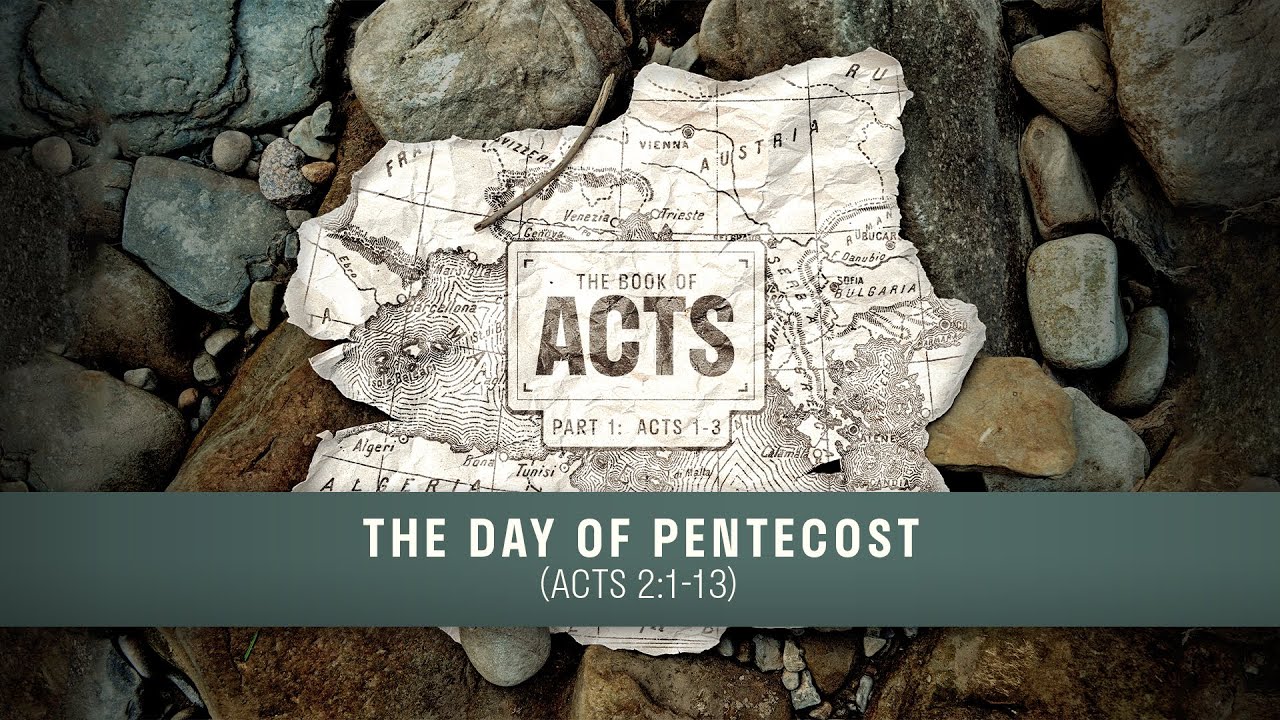
 RSS Feed
RSS Feed






